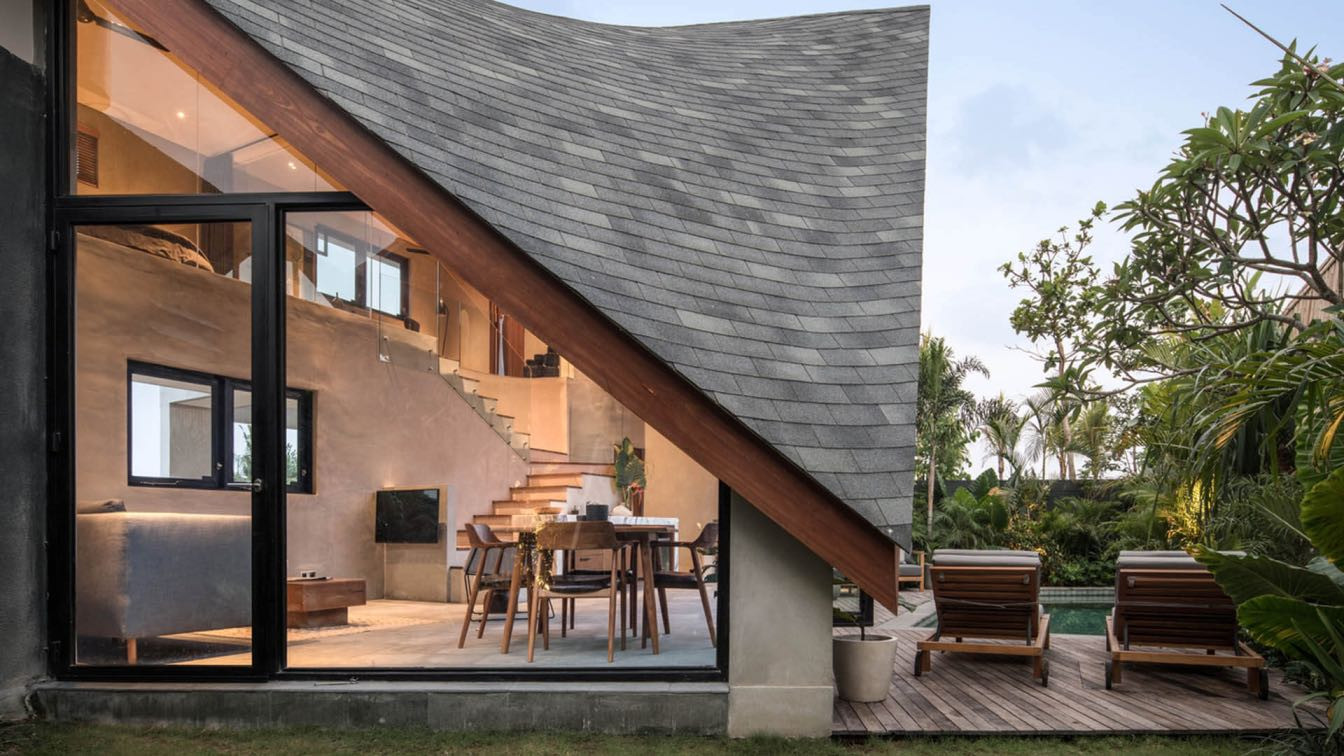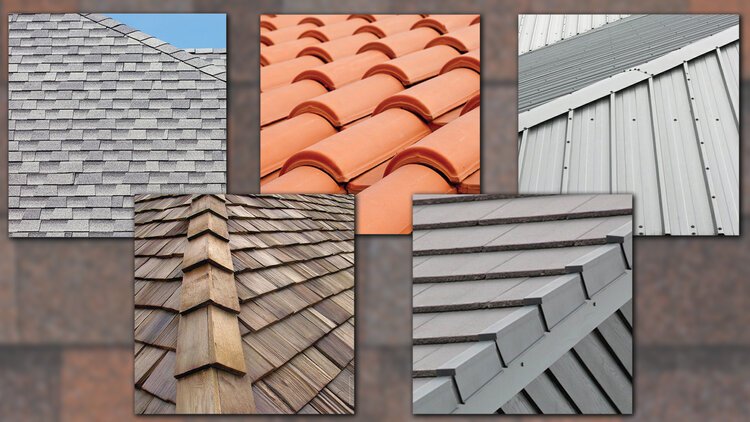Making the right decision regarding the type of roofing material to use is a critical factor in ensuring that your home or business property is safe and secure. With so many different types of roofing materials available on the market, it can be difficult to decide which one is best for your needs.
This article will provide an overview of some of the more popular roofing materials, as well as some tips for helping you choose between them. From asphalt shingles to metal roofs, this guide will help you make an informed decision on which type of material is best suited for your property.
1. Asphalt Shingles
If you're looking for a roofing material that is both cost-effective and durable, asphalt shingles are an excellent option. Asphalt shingles come in a variety of colors, styles, and textures to suit any home or business. They typically last 20-30 years with proper maintenance and can withstand extreme weather conditions. Plus, asphalt shingles are relatively lightweight so they can be easily installed over existing roofing materials.
2. Metal Roofing
Metal roofing is a great option for homeowners who want durability and longevity with their roofs. Metal roofs are made from metal panels or shingles that are designed to resist corrosion, fire, and other weather conditions. They typically last 40-80 years and can be painted to match the color of your home.
Metal roofs also reflect heat, which helps keep your home cooler and more energy efficient in the summer months. Plus, at any point, you can find a reliable roofing contractor online who could help you install metal roofing and answer any questions you may have. That way, you can have peace of mind knowing you’ve chosen a roofing material that will last for years to come.
In addition to selecting the right material, ensuring accurate dimensions and specifications is crucial for a successful roofing project. Our roof measurement reports offer precise evaluations in under an hour, helping streamline installation and enhance rooftop efficiency.
3. Tile Roofs
When it comes to tile roofs, there are two main types: clay and concrete. Clay tiles are a great choice for those who want a more traditional look and style for their roof, as they can be made in different colors and textures to fit any aesthetic. Additionally, clay tiles are very durable, lasting up to 50 years or more with proper maintenance.
On the other hand, concrete tiles are a more affordable option, but they can still be made to look like clay. They also tend to last about 25 years with proper care and maintenance. Both types of tile roofs require professional installation, as the tiles must be laid correctly in order for them to work properly.
4. Wood Shake/Shingle Roofs
Of course, the classic wood shake or shingle roof is a popular choice too. When you think of the traditional American home, this is probably what comes to mind. This type of roofing can be quite attractive and fit in with many different types of homes.
It's important to note that these roofs are higher maintenance than other options on the list, as they need to be inspected and maintained at least once a year. Also, they may not last as long in certain climates, so make sure you check with your roofer or local building code before choosing this option.
5. Flat and Low-Slope Roof Options
One of the most common roofing materials for flat and low-slope roofs is asphalt shingles. Asphalt shingles come in a variety of colors, styles, and weights and are an affordable option that can be easily installed by a professional contractor.
Other popular options include metal roofing, which is typically more expensive than asphalt but offers greater durability and longer lifespans. Single-ply membranes such as EPDM or PVC are also popular for flat and low-slope roofs and can be highly customized to suit your needs.
6. Factors to Consider When Choosing a Roof Material
Lastly, when choosing a roofing material, there are several factors you should consider. These include:
- Cost: Different roof materials can vary in cost significantly. You should compare the upfront cost and long-term costs to make sure you’re getting the best deal for your money.
- Design: Some materials work better with certain roof shapes and slopes. Make sure the roofing type you choose is compatible with your roof’s structure to ensure proper performance and a longer lifespan.
- Maintenance: Some roofing materials require more maintenance and upkeep than others. Make sure to look at how much effort is required to keep the roof in good shape over time.
- Durability: Not all materials are created equal when it comes to durability. Consider factors such as exposure to extreme temperatures and weather, as well as environmental conditions like humidity.
- Appearance: The visual appeal of your roof is just as important as its performance. Some materials may have a better look and feel than others, so think about the overall aesthetic you’re trying to achieve.
- Energy efficiency: If energy savings is a priority for you, make sure to explore options that are highly rated for their insulation capabilities and ability to reduce heating and cooling costs.
 image © KIE
image © KIE
In the end, when choosing the right material for your roof, you should consider factors such as durability, price, energy efficiency, and aesthetics. Durability is important because roofs typically require replacement or maintenance every 20 years or so. Price will vary depending on the type of material you select. Energy efficiency can help reduce energy bills over time. Thanks for reading!





